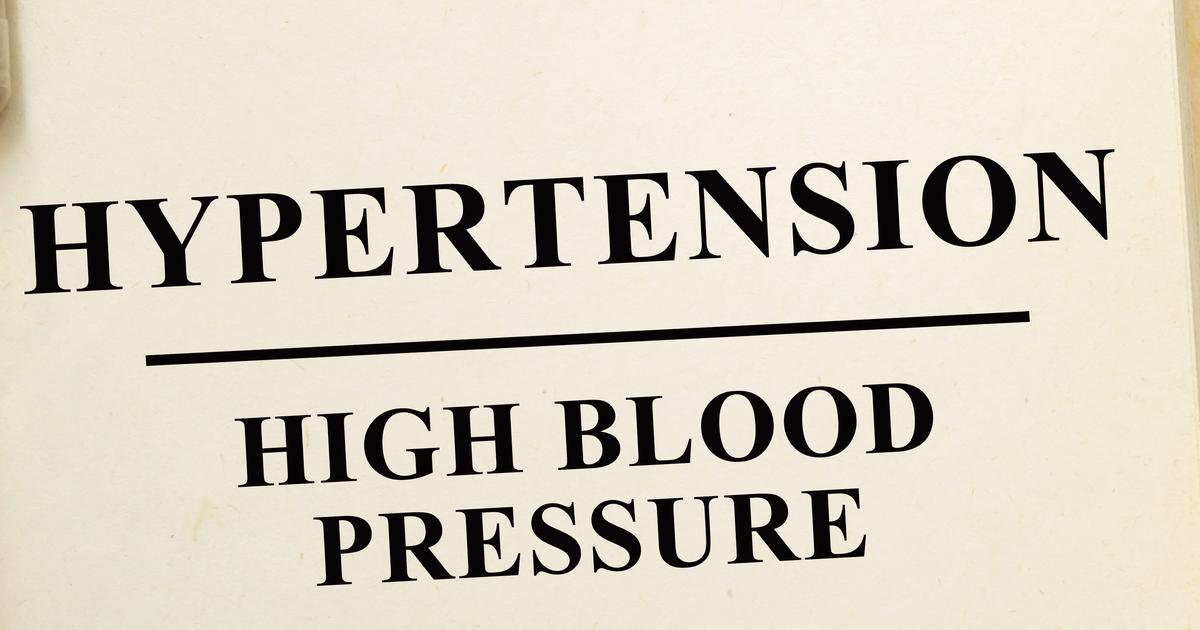Pulse-Racing Facts That Will Pump Up Your Knowledge About Blood Pressure
3. Categories Of Blood Pressure

When an individual is diagnosed with high blood pressure, they are categorized into a stage of hypertension. Stages are not determined based on one single blood pressure reading but by an average of blood pressure readings over time. Stage 1 hypertension is diagnosed when an individual's diastolic blood pressure reading is between 80 and 89 mmHg, and their systolic blood pressure reading is between 130 and 139 mmHg. When an individual's systolic blood pressure reading exceeds 140 mmHg and their diastolic blood pressure reading exceeds 90 mmHg, they have Stage 2 hypertension. Medications are usually recommended for individuals diagnosed with Stage 2 hypertension. When an individual's systolic blood pressure reading exceeds 180 mmHg and their diastolic blood pressure reading exceeds 120 mmHg, they are in the danger zone, also called a hypertensive crisis. Even with no symptoms, an individual who is in a hypertensive crisis requires urgent medical treatment. Symptoms of a hypertensive crisis include chest pain, visual changes, hematuria, dizziness, headache, loss of muscle control in the face, and paralysis.
4. Risks Of Unhealthy Blood Pressure Readings

High blood pressure is a silent killer that can cause extensive damage to the blood vessels for many years before symptoms manifest. Healthy arteries are elastic and flexible but are also strong. The inside of a healthy artery has a smooth texture to allow for blood to flow easily through it. An elevated and unhealthy blood pressure will cause extensive damage to the inside lining of the arteries. Fats and other lipids can penetrate the bloodstream because of this damage and accumulate inside of the arteries. These fats in the bloodstream combine with immune system components, which results in the formation of plaque. The blood vessel walls become hard, inflexible, and narrow, leaving less room for blood to flow. Another risk of unhealthy blood pressure is when the damage to the artery lining allows a section of the artery wall to become weak and bulge outward due to the constant pressure of blood. This bulge is referred to as an aneurysm, which has the potential to burst open and produce life-threatening internal bleeding. High blood pressure can cause the development of a thickened left ventricle in the heart, heart failure, coronary artery disease, transient ischemic attack, stroke, dementia, cognitive impairment, glomerulosclerosis, kidney failure, retinopathy, choroidopathy, optic neuropathy, and sexual dysfunction.
